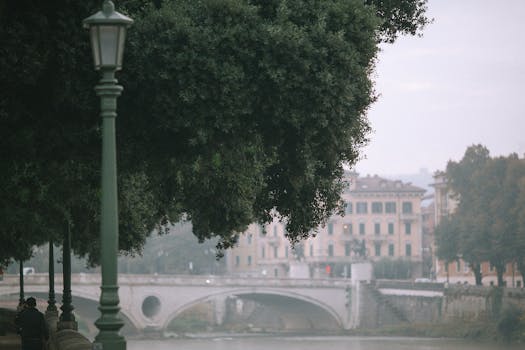
Urban Green Spaces: The Future of Outdoor Living in European Cities by 2025
Urban Green Spaces are becoming increasingly important in European cities, and their significance will only continue to grow by 2025. As the world becomes more urbanized, it’s essential to create sustainable and livable cities that prioritize the well-being of citizens. In this article, we’ll explore the future of outdoor living in European cities and the role that urban green spaces will play in shaping it.
Introduction to Urban Green Spaces
Urban green spaces refer to areas in cities that are dedicated to nature and the environment. These spaces can include parks, gardens, green roofs, and other areas that provide a range of benefits to both humans and the environment. From improving air quality to reducing stress, urban green spaces are essential for creating healthy and sustainable cities.
The Benefits of Urban Green Spaces
Urban green spaces offer a range of benefits to citizens, including:
- Improved air quality: Urban green spaces can help to reduce air pollution by absorbing pollutants and producing oxygen.
- Reduced stress: Spending time in nature has been shown to reduce stress and improve mental health.
- Increased physical activity: Urban green spaces provide opportunities for physical activity, such as walking, cycling, and sports.
- Community engagement: Urban green spaces can help to foster a sense of community and social connection among citizens.
The Future of Outdoor Living in European Cities
By 2025, European cities will be even more urbanized, with a growing population and increasing demands on infrastructure. To create sustainable and livable cities, it’s essential to prioritize urban green spaces and green infrastructure. This can include:
- Green roofs and walls: These can help to reduce energy consumption and improve air quality.
- Urban parks and gardens: These provide opportunities for recreation, relaxation, and community engagement.
- Green corridors: These can help to connect urban green spaces and provide habitats for wildlife.
Case Studies: Urban Green Spaces in European Cities
Several European cities are already leading the way in creating innovative and sustainable urban green spaces. For example:
- Paris: The city’s green roofs and walls are helping to reduce energy consumption and improve air quality.
- Amsterdam: The city’s urban parks and gardens provide opportunities for recreation and community engagement.
- Barcelona: The city’s green corridors are helping to connect urban green spaces and provide habitats for wildlife.
Conclusion
Urban green spaces are essential for creating sustainable and livable cities in Europe. By prioritizing green infrastructure and urban green spaces, cities can improve air quality, reduce stress, and increase physical activity. As we look to the future, it’s clear that urban green spaces will play a vital role in shaping the future of outdoor living in European cities by 2025.


